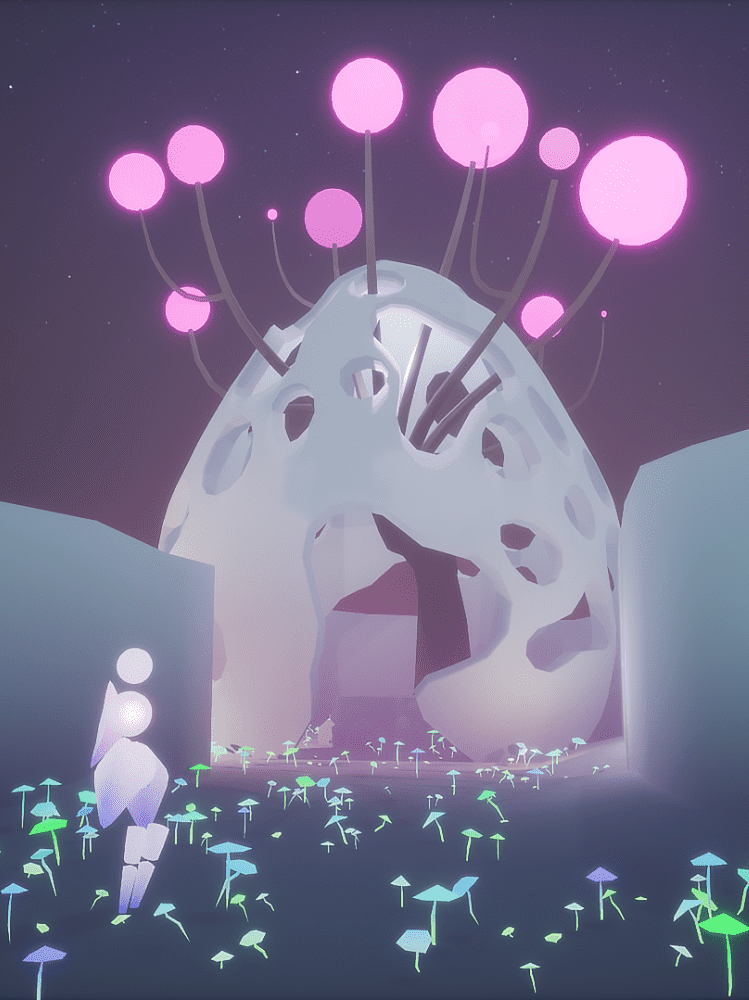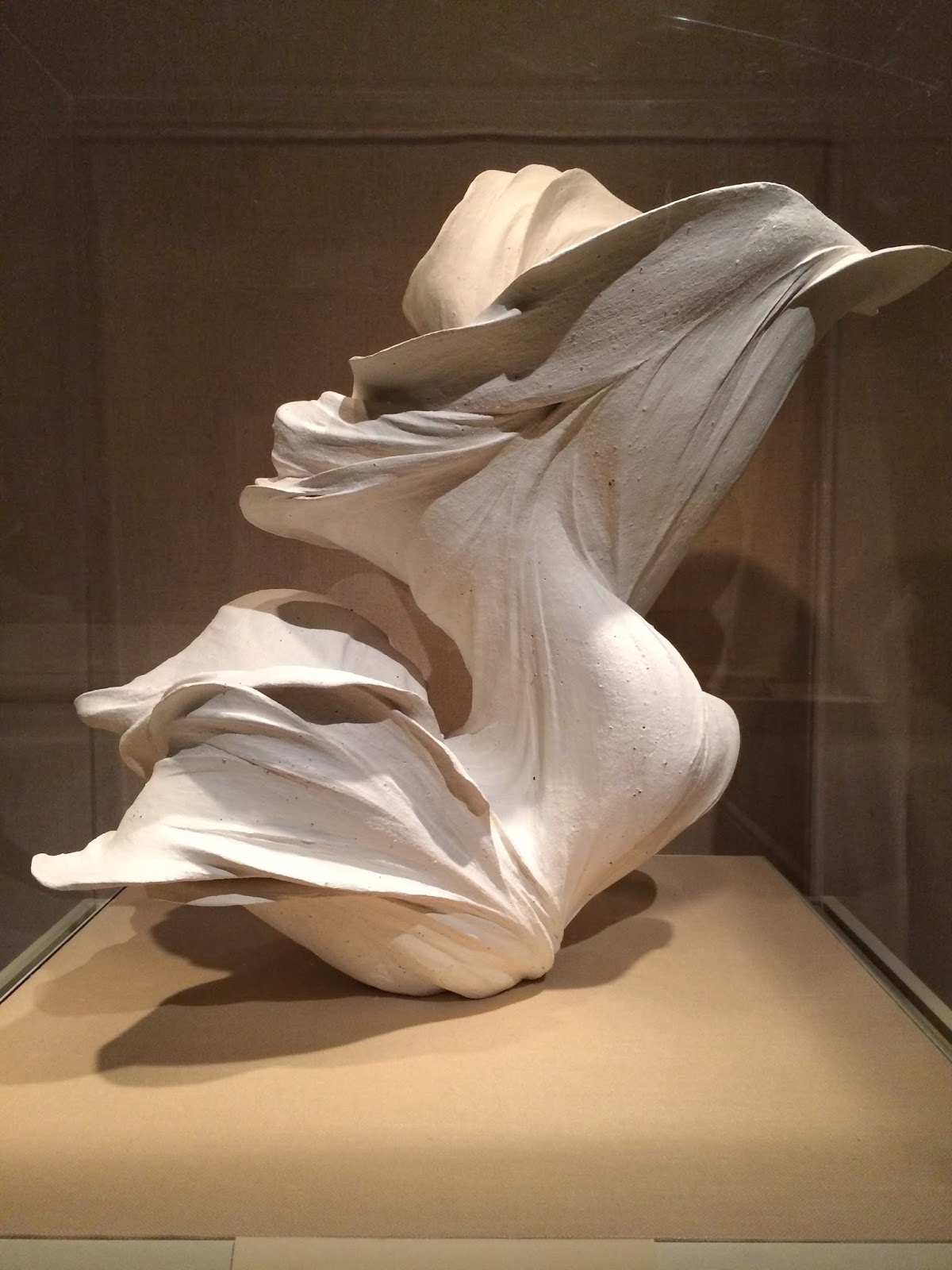THE SERPENTINE GALLERY PAVILION 2012
Segundo já anunciado pela Serpentine, o pavilhão deste Verão proporcionará uma viagem aos projectos dos anos anteriores. “Seguindo uma abordagem arqueológica, os arquitectos criaram um design que vai inspirar os visitantes a olhar para baixo da superfície do parque assim como a olhar para trás no tempo através dos fantasmas das estruturas antigas”, lia-se no comunicado da galeria londrina, que explicava que através da recuperação dos vestígios de intervenções de outros anos, vão ser construídas doze colunas, uma para cada edição. Apoiarão uma plataforma flutuante, a 1,5 metros acima do chão.
A cortiça surge como o elemento estruturante da obra por ser, segundo a dupla de arquitectos Herzog & de Meuron, um “material natural, com fortes mais-valias aos níveis do tacto e do olfacto, de grande versatilidade, permitindo ser facilmente esculpido, cortado, moldado e formado”.
Em comunicado, António Rios de Amorim, presidente da CA, escreve que esta “é uma oportunidade ímpar de demonstrar ao mundo que a cortiça não é apenas um produto único, criado pela natureza, mas também um material tecnologicamente relevante para o século XXI”. Carlos Jesus não tem dúvidas de que para esta aposta terá contribuído o sucesso do Pavilhão de Portugal na Expo 2010, em Xangai. “O pavilhão, todo revestido com cortiça, foi um dos mais visitados e acabou premiado”, disse Jesus, explicando que desde então a empresa se tem dedicado também a promover “estas particularidades técnicas”.









